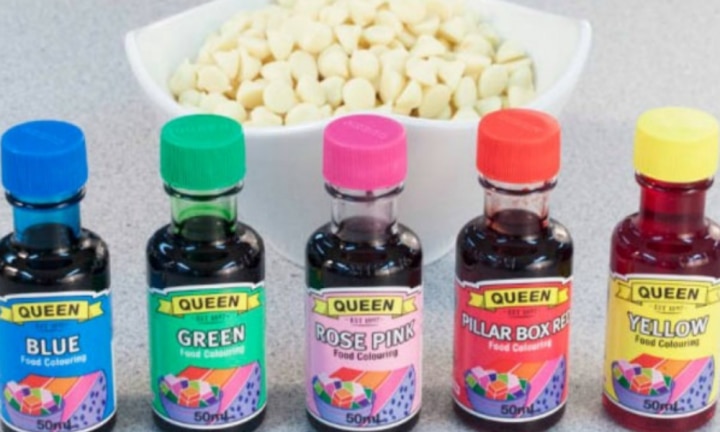Food coloring is a ubiquitous ingredient in the modern kitchen. Whether it's a bright red tomato sauce or a neon-green smoothie, food coloring can transform the appearance of a dish, adding visual appeal and enhancing its overall presentation. But what exactly is food coloring, and how does it work? In this article, we will explore the art and science of food coloring, from its history and uses to its impact on our health and environment.
The History of Food Coloring
The use of food coloring dates back to ancient times, when natural ingredients like saffron, beet juice, and turmeric were used to add color to food. In the Middle Ages, spices like saffron and cinnamon were used to give food a rich, golden hue. Later on, chemists began to experiment with synthetic dyes, creating a wide range of colors that could be used in food.
Today, there are two main types of food coloring: natural and synthetic. Natural food coloring is made from plant or animal sources, while synthetic food coloring is made from chemicals. Both types of food coloring have their advantages and disadvantages, and their use depends on factors like cost, availability, and regulatory approval.
The Science of Food Coloring
Food coloring works by interacting with the molecules in food, either by absorbing or reflecting light. The color of food is determined by the wavelengths of light that are absorbed or reflected by its molecules. For example, a red tomato reflects red light and absorbs other colors, giving it its characteristic hue. When a food coloring is added to the mix, it either enhances or masks the natural color of the food, depending on its chemical properties.
Food coloring can be added to a variety of foods, including beverages, baked goods, candy, and processed foods. The amount and type of food coloring used depends on the desired effect, as well as regulatory guidelines. In the United States, the Food and Drug Administration (FDA) regulates the use of food coloring, setting limits on the types and amounts of coloring agents that can be used in food.
The Art of Food Coloring
Food coloring is not just a science, it's also an art. Skilled chefs and home cooks use food coloring to create stunning visual effects that enhance the appearance of their dishes. From multi-layered rainbow cakes to intricately decorated cookies, food coloring allows cooks to unleash their creativity and bring their culinary visions to life.
But food coloring is not just for show. It can also be used to convey cultural and symbolic meanings, as well as to enhance the flavor and texture of food. In Chinese cuisine, for example, red is a symbol of good luck and prosperity, and is often used in festive dishes like steamed buns and roasted meats. In Indian cuisine, turmeric is used to give food a bright yellow color and add a subtle earthy flavor. In Mexican cuisine, annatto is used to add a reddish-orange color to dishes like mole sauce.
The Health and Environmental Impact of Food Coloring
While food coloring is generally regarded as safe, there are concerns about its impact on health and the environment. Some synthetic food colorings have been linked to health problems like hyperactivity in children and allergic reactions. Natural food colorings are generally considered safer, but can also pose environmental challenges, such as the depletion of natural resources and the use of pesticides and other chemicals in farming.
To address these concerns, many food companies are turning to natural food colorings, such as beet juice, turmeric, and spirulina. These natural alternatives not only offer a safer and more sustainable option, but also provide unique flavor and nutritional benefits.
Conclusion
Food coloring is a fascinating and versatile ingredient that has been used for centuries to enhance the appearance and flavor of food. While it has its advantages and disadvantages, food coloring remains an essential part of modern cuisine, allowing cooks to create visually stunning and culturally significant dishes.
As we move towards a more sustainable and health-conscious food industry, the use of natural food colorings is likely to become more widespread. From carrot juice to matcha powder, these natural alternatives offer a safer and more environmentally friendly option, while also providing unique flavor and nutritional benefits.
Whether you're a professional chef or a home cook, food coloring is a powerful tool in your culinary arsenal. By understanding the art and science of food coloring, you can create dishes that not only taste great but also look beautiful and meaningful. So go ahead and experiment with different colors and ingredients, and let your creativity shine through in your cooking!
